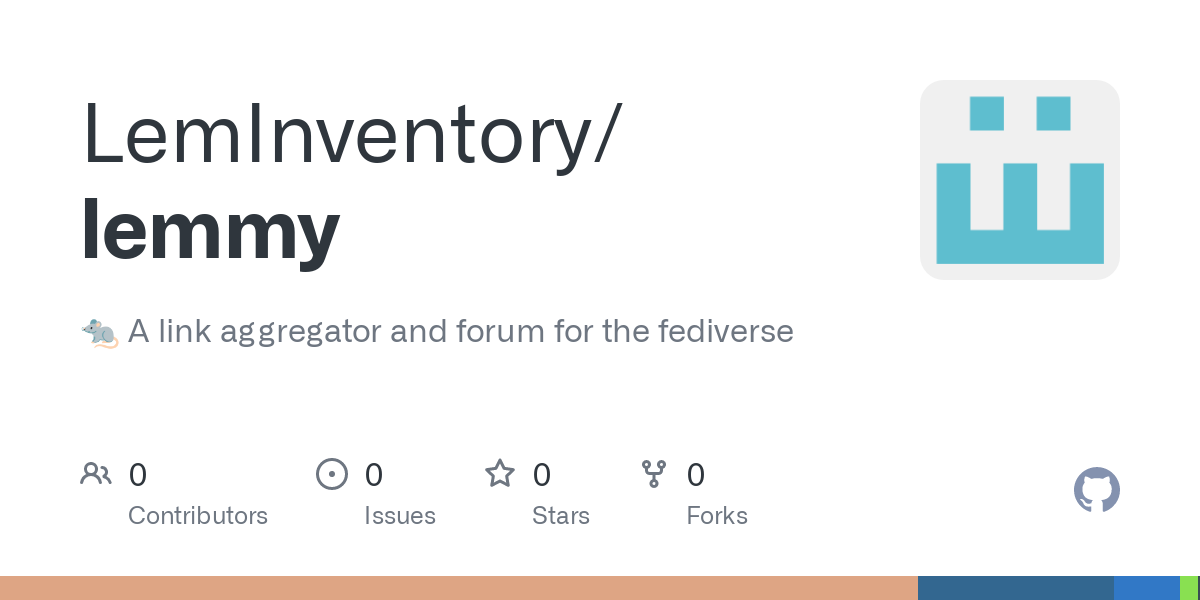Looks like we won’t be getting fired for using Nix very soon.
Plutus, Haskell, Nix, Purescript, Swift/Kotlin. laser-focused on FP: formality, purity, and totality; repulsed by pragmatic, unsafe, “move fast and break things” approaches
AC24 1DE5 AE92 3B37 E584 02BA AAF9 795E 393B 4DA0
- 1 Post
- 62 Comments

 92·1 month ago
92·1 month ago95% likely China could use them as a DDOS attack vector someday. They’re ubiquitous. Espressif Systems is a Chinese company based in Shanghai.

 361·1 month ago
361·1 month agoWe need widespread adoption and innovation in OPEN ARCHITECTURES like RISC-V. Anything else is just citizens and companies being used as pawns to do the dirty work for rivaling nation states that spy on and stifle the liberties of their own citizens.
Intel has most likely hidden a back door in Intel chips and China has most likely hidden a back door into ARM, ESP8266, ESP32, and other chipsets. No one can ever prove this conclusively without violating NDA’s because these are closed architectures.

 16·1 month ago
16·1 month agoHopefully this sticks. IMO, movie studios need to keep attracting customers or the whole film industry will stay dead.

 13·1 month ago
13·1 month agoTrue! I wonder if the same is true for deriving via cabal2nix.

 14·1 month ago
14·1 month agoThis may or may not be helpful to you, but I haven’t had to delve into dependency management because I use ‘hix’ to provision and build my Haskell dev environment. I’d highly recommend it. It will simply parse you cabal file and provision all dependencies. I’m hoping such tooling comes to Purescript next because purs-nix is out of date with the new spago).
Here’s a super simple project where I used it:
https://github.com/harryprayiv/XY_math
Ps. I also recommend looking into IOHK’s Haskell tooling and their devshell, which I like to bring into most of my Haskell dev environments.
Thanks. I’d certainly like it if you posted it. more Nix = more better. :)
Please share this if you don’t mind.

 131·2 months ago
131·2 months agoIt’s not important unless Xmonad was being used for some kind of task where human lives are at risk if a mistake was made. In my case here (and indeed much of the Haskell world) it’s just fun to surround myself with software of that kind of code quality/reliability.

 131·2 months ago
131·2 months agoI’m glad you asked!
Formal verification is an automatic checking methodology that catches many common design errors and can uncover ambiguities in the design. It is an exhaustive methodology that covers all input scenarios and also detects corner case bugs.
One of the most futuristic companies I know of is Runtime Verification that uses formal Methods in industry. They have a list of accomplishments that seem like vaporware including a semantic babel fish called the K framework that can translate between languages based on formal, semantic definitions of each.

 151·2 months ago
151·2 months agoTry Xmonad! I run a community for it at https://infosec.pub/c/xmonad
It’s super lightweight and is the only formally verified window manager. There’s a new version being created for Wayland called Waymonad.

 441·3 months ago
441·3 months agoNixOS
😉

 131·3 months ago
131·3 months agoNix, git, and alacritty.

 134·3 months ago
134·3 months agoDon’t worry. NixOS users are spiritual brothers to Arch users, IMO, and we’ll eventually get to the point where it’ll be easier with canonical examples. 🤝
In the meantime, try out the nix package manager while still using Arch to build a package here or there if you’re so inclined.

 1216·3 months ago
1216·3 months agoThanks for the crypto hate. It’s highly relevant to this discussion. /s
Nix is also a package manager and works on almost every OS and piece of hardware imaginable.

 143·3 months ago
143·3 months agoTotally agreed. That’s a big ask, though, because Arch’s docs are the gold standard.
I’m working on converting to impermanence mode this week and let’s just say I’d be done by now if the answers were even close to the quality found in Arch’s wiki.

 142·3 months ago
142·3 months agoI find it actually incredible that you don’t know anyone in DEVOPS that uses it. Either you’re at a giant company with a custom stack that replicates its functionality (Meta employees that I asked didn’t know about it) or you don’t talk to other devs. It’s like THE devops tool nowadays (only taking a second place to Docker/OCI).
It does, in fact, work on Mac, FreeBSD, Windows, and actually almost anywhere that SSH can be run.
This comment has a closed source license.

 163·3 months ago
163·3 months agoI don’t really care to be honest. Clearly, I’m not as smart as you and would be in hell with maintaining my version-controlled flake that provisions rock-solid stable nix-configs for 8 different machines on a variety of vastly different architectures if I had your 10x dev brain.

 179·3 months ago
179·3 months ago🙄
Did you just post a license for your humblebrag soapbox rant about NixOS?
Edit: I’ll leave some points where I agree since you’re very fixated on/preoccupied with who won this debate (or something). In the long run, most Nix users are wishing for a complete rewrite of NixOS with Nix’s modern approach codified as standard. After all, to your point, Nix is just a massive pile of Perl and Bash under the hood. It could unquestionably be more capable if they had the benefit of hindsight (or a proper type system built into the language) like GUIX which uses Scheme as their DSL has. AFAIK, though, Nix flakes are a feature that GUIX badly needs.
For GUIX: Does anyone know about content-addressed derivations in GUIX? I figure that might also be a place where Nix bests GUIX but perhaps some GUIX(pronounced geeks) can correct me before I search for answers.


I’m genuinely curious why you’d want to do that. Mine is timed to coincide with the circadian rhythms of the GPS coordinates and those are provided as hard-coded values in my config. I suppose the only optimization I could imagine is a script where it would get my IP then correspond that with GPS coordinates so I could have circadian screen coloring wherever I go with my laptop.
My point is, it’s a setting that I don’t turn off because that would defeat the purpose of the app.